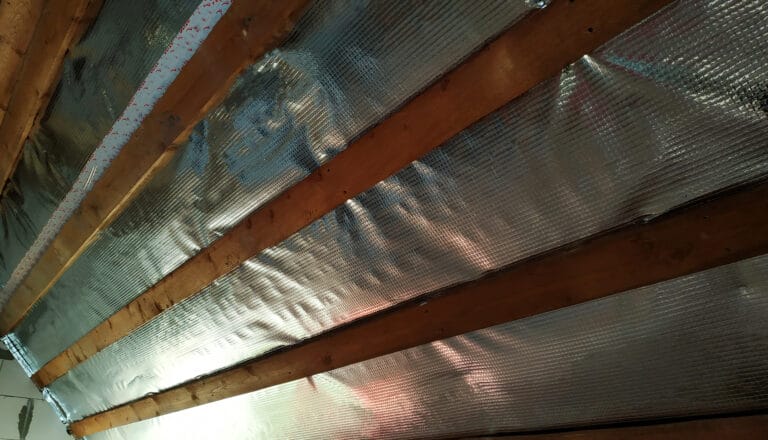
When it comes to installing insulation in your home, it is important to know that you have a few options to choose from, fiberglass and spray foam. While both of these will insulate your home, there are significant differences between the two. If you are going to be replacing the insulation of your home soon or are just doing some research, there will be some very helpful information below that will teach you what you need to know about home insulation.
What’s The Difference Between Fiberglass Insulation & Spray Foam?
To start things off, there is quite a difference between the fiberglass and spray foam insulation. In fact, there are even two types of spray foam insulation, closed cell and open cell. Fiberglass insulation works by trapping air in its tiny glass fibers, which results in a slow transfer of heat. Open-cell spray foam is used mainly as an air barrier for your home, while closed-cell spray foam works as an air, moisture, and vapor barrier for your home. It is also important to add that closed-cell spray foam insulation can add up to 250% racking strength to your walls and roof. Both open and closed-cell spray foam can last around 60 years longer than fiberglass insulation.
Is There a Big Price Difference?
There is a difference in pricing between fiberglass and spray foam. Fiberglass insulation is used in around 85% of homes in America mainly because of the low cost of installation. While fiberglass installing can be done by basically anyone, a professional may charge around $0.40 per square foot. Spray foam insulation, on the other hand, has to be done by a professional and can run between $0.90 – $1.50 per board foot (1 ft x 1ft square at 1 inch of thickness).
What Are The Benefits Between Fiberglass Insulation and Spray Foam?
For fiberglass insulation, the benefits are few, its cheap and it can keep some heat from entering your home. For spray foam insulation, the benefits range depending on whether or not you choose to go with open-cell or closed-cell. Benefits for spray foam include: stopping air and moisture infiltration, adds strength to the structure of your home, it is permanent and will not sag, keeps dust and pollen from entering your home, as well as reduction of capacity requirements and maintenance.
You Get What You Pay For
Like anything else, when it comes to the insulation of your home, you basically get what you pay for. If you aren’t able to put too much money into the insulation of your home, then fiberglass is the way for you to go. Just know that if you go the fiberglass route, you are leaving your home open to contaminants and other harmful elements that spray foam could block out. You will also have to be replacing the insulation of your home in around 8 – 10 years. If you decide to go the spray foam insulation route, consider it a good investment in your home. While it can be more expensive, it has to offer, and you may not ever have to replace it again in your lifetime.
Contact Geo Insulation to discuss your insulation needs today!






